Lisa
Kearney
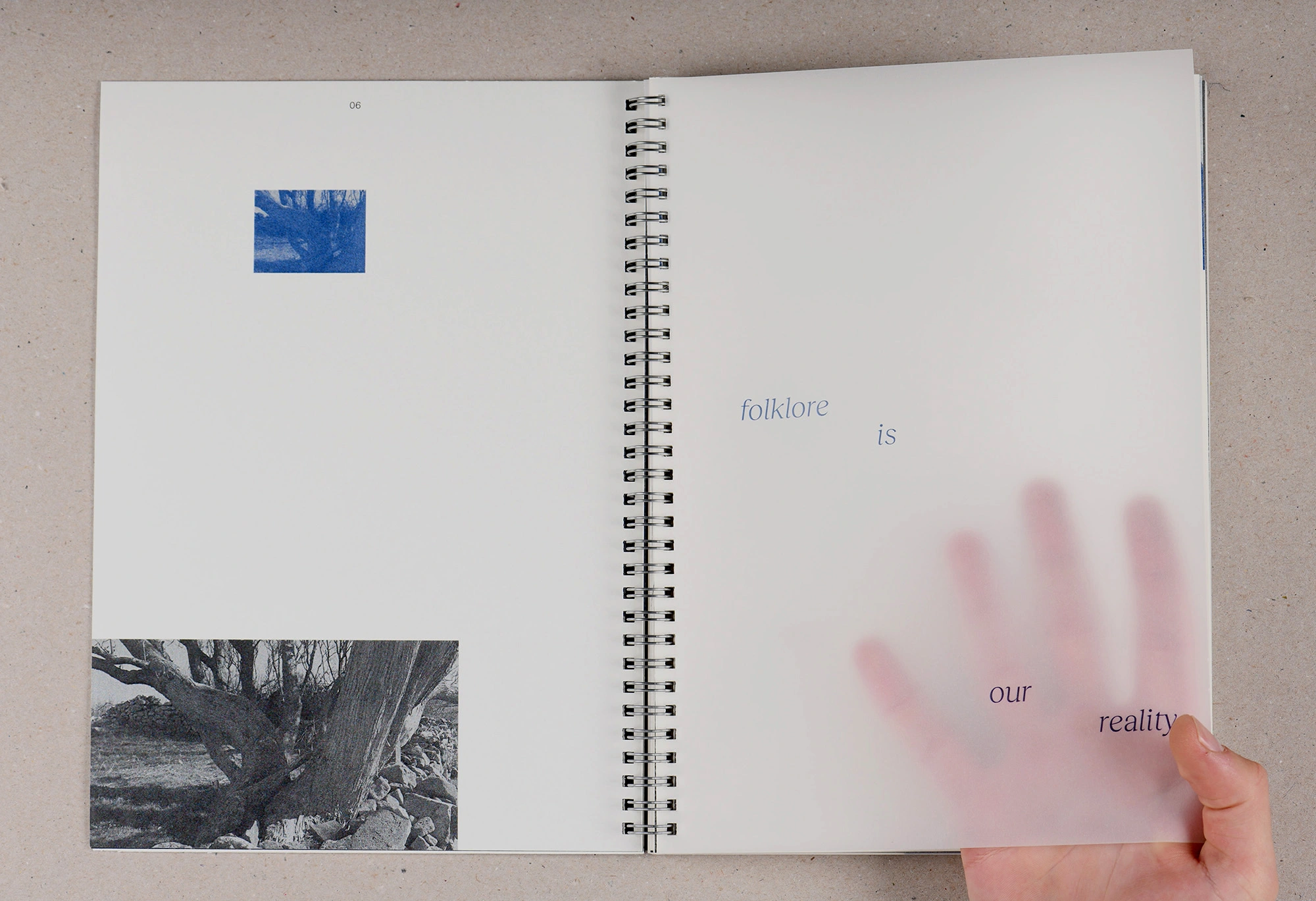
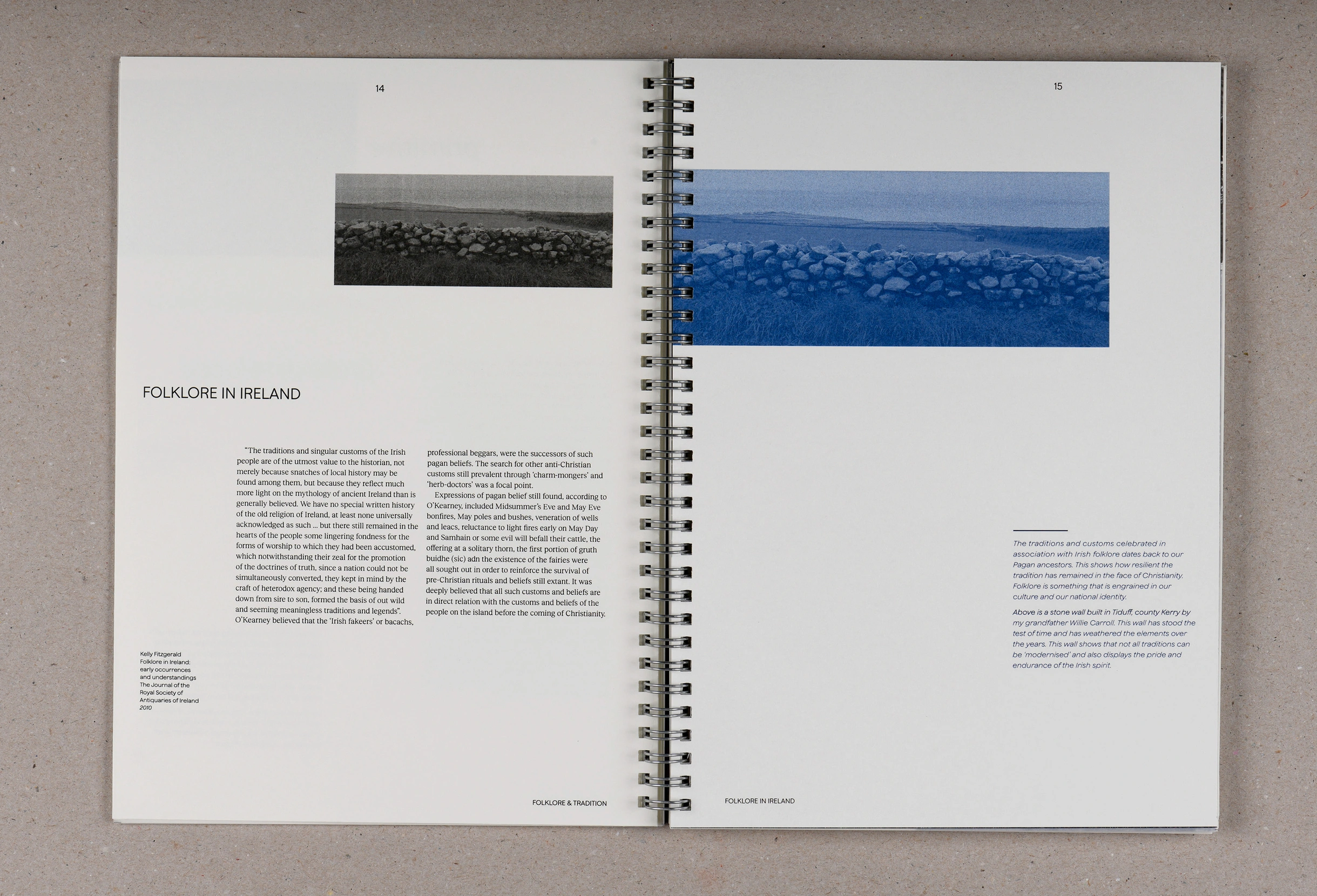
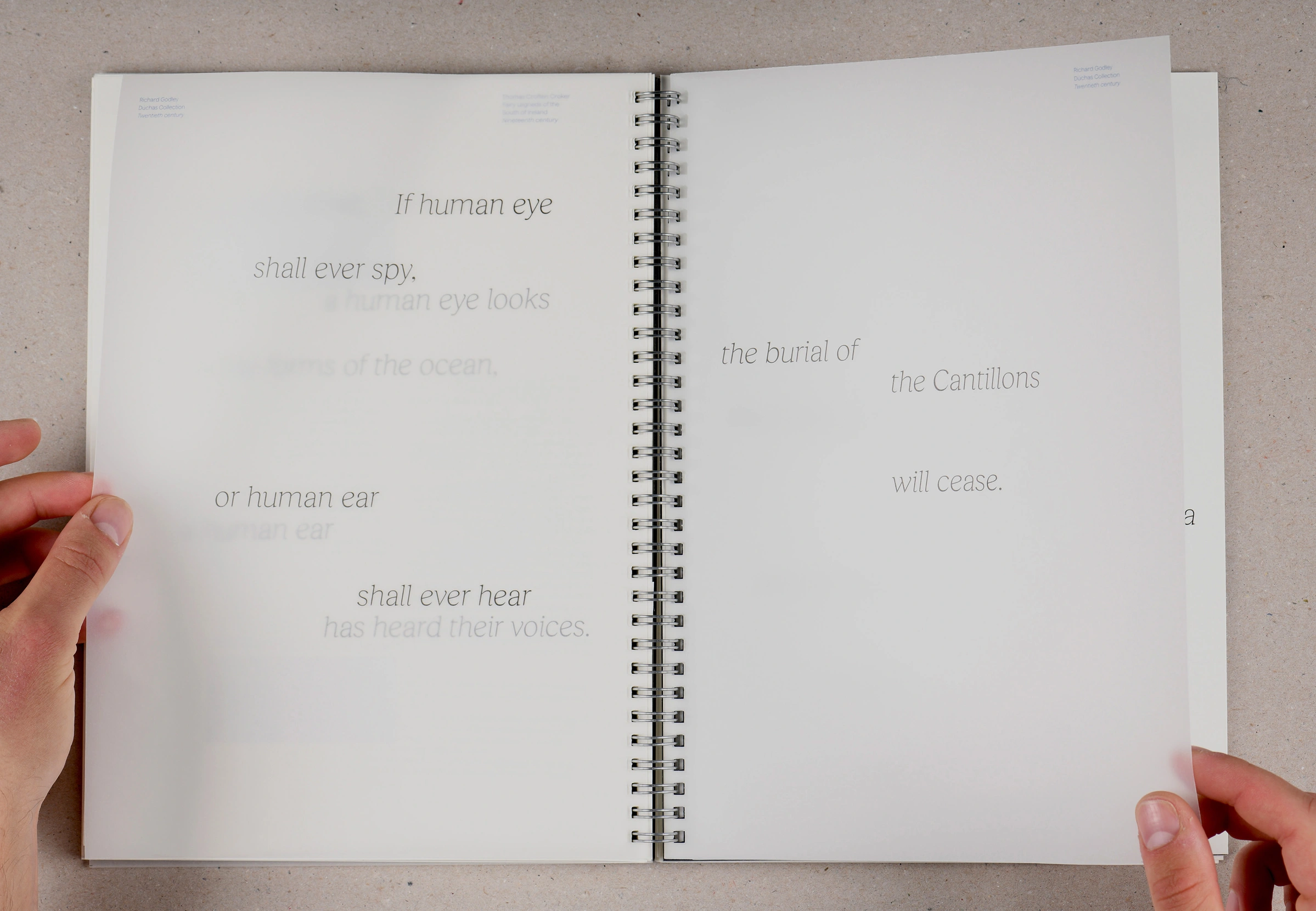
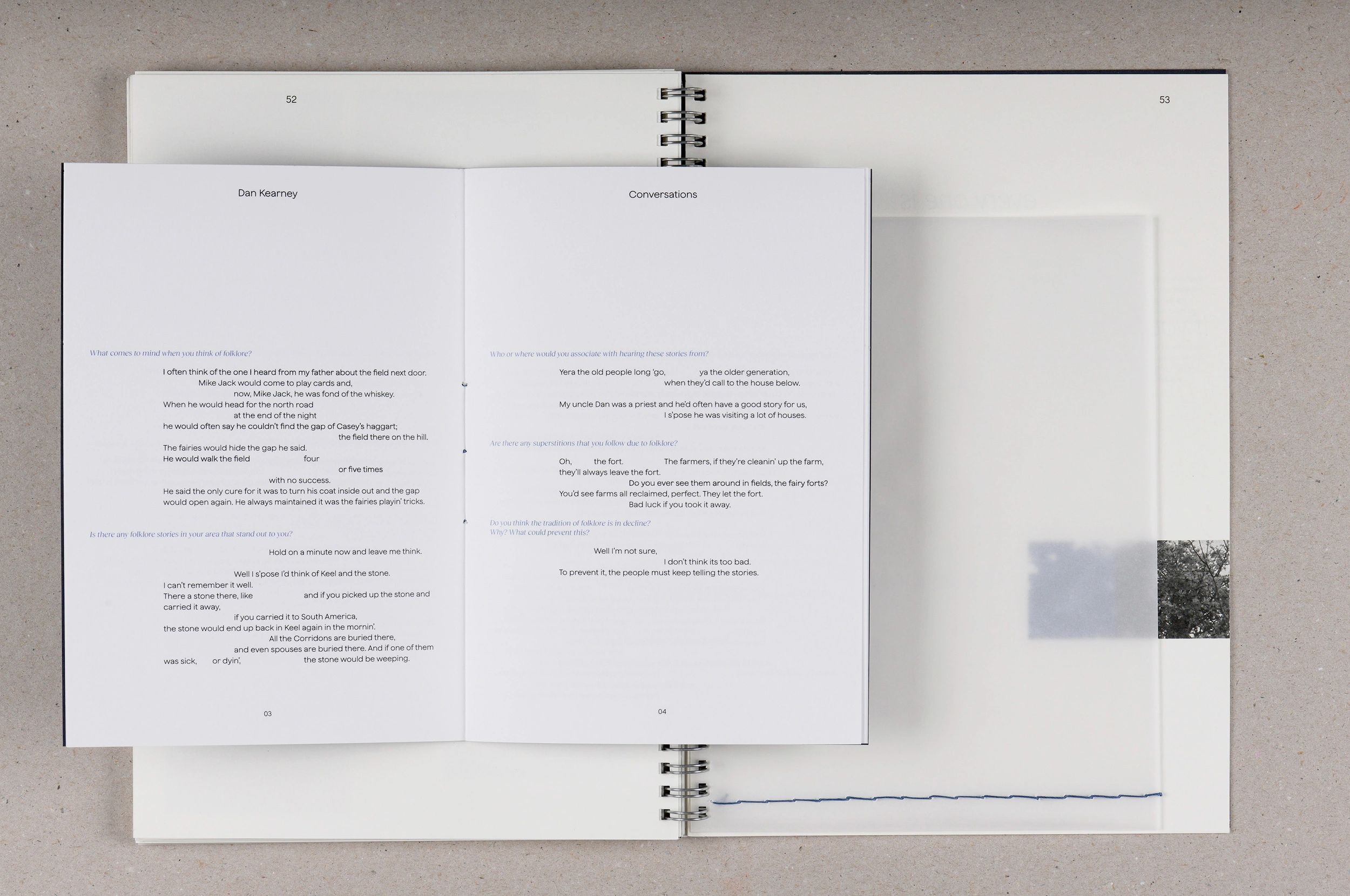
Whispers of the Wind
Whispers of the Wind offers a thoughtful exploration of Irish folklore, focusing on three central pillars: tradition, connection, and evolution. Using the village of Ballyheigue in North Kerry as a case study, it examines how these elements shape and sustain the folklore network, and how our collective memories serve as an archive for these oral traditions.
Designed with the elusive, often intangible nature of folklore in mind, the book reveals that what is visible is rarely the whole story. Through its imagery of the wild natural landscape, it highlights the relationship between two worlds; the real and the mythical, the seen and the unseen. Ultimately, this work invites readers to reflect on the folklore of their own communities and rekindle an appreciation for the rich cultural heritage shared across Ireland.

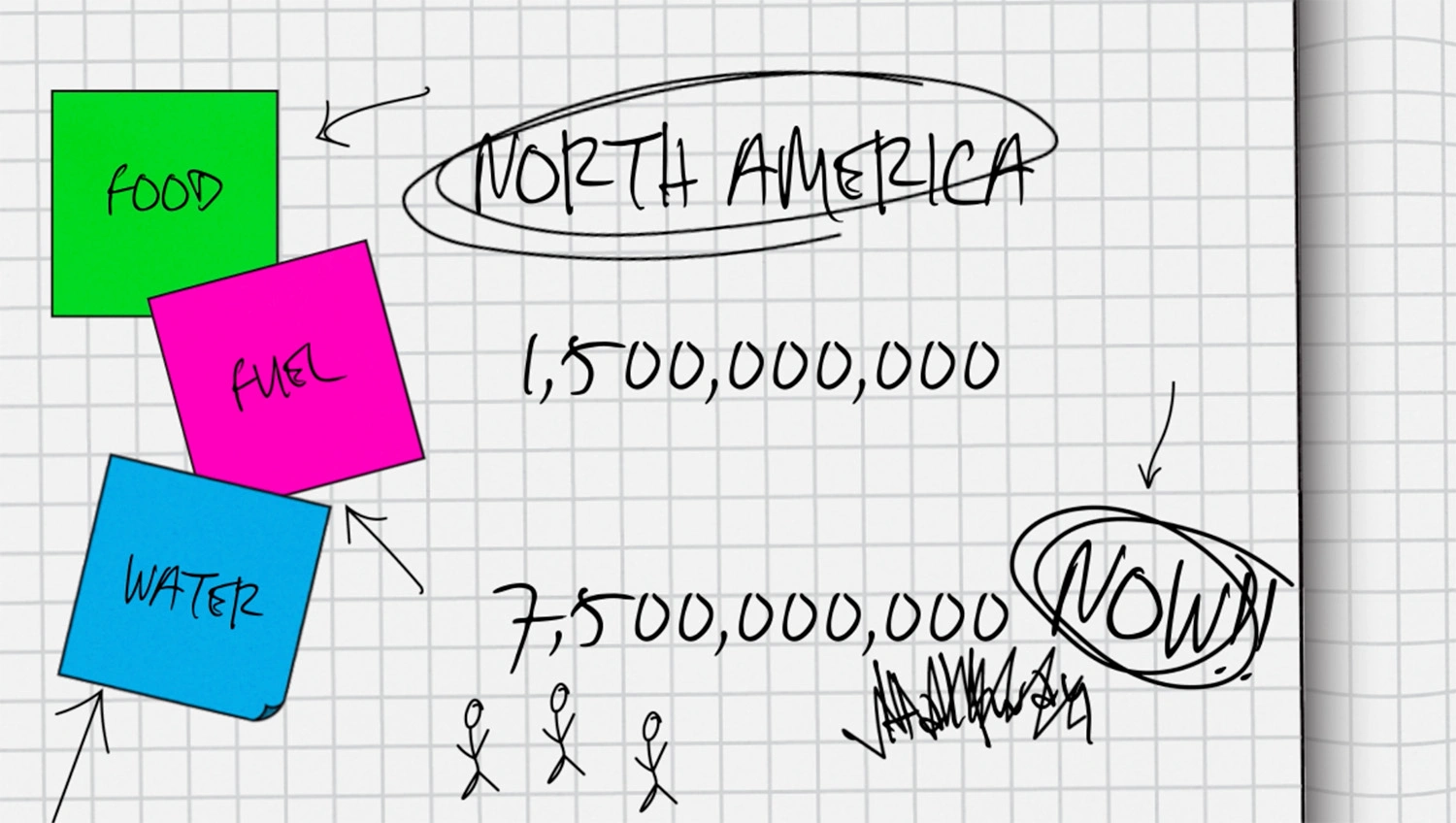
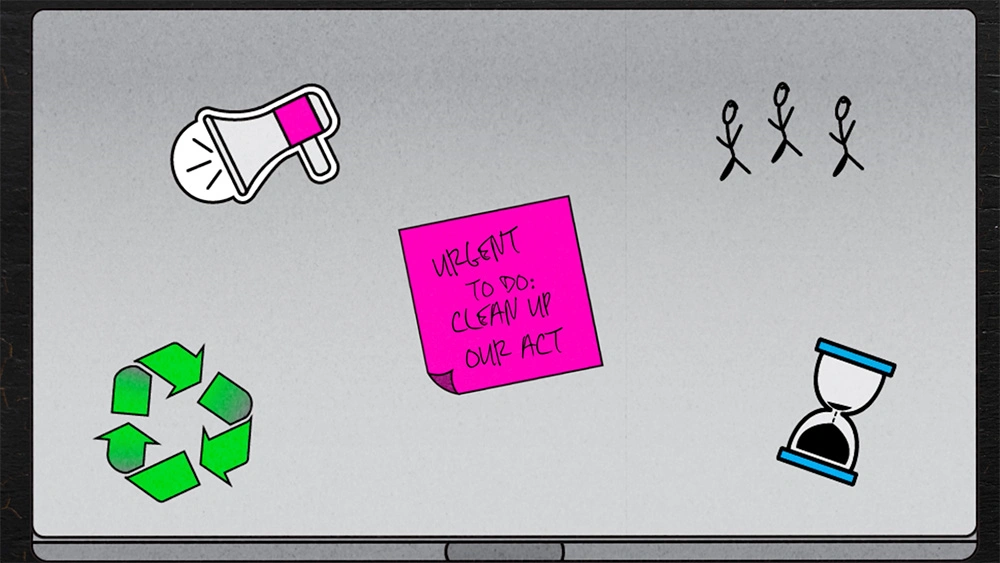
Out of Office, Out of Time
This animated piece brings to life the powerful message conveyed by Sir Ken Robinson regarding the climate crisis, population growth, and the urgent need for global action. Using everyday stationery, the animation crafts a visual metaphor that is both accessible and relatable. The familiar materials are arranged into an intentionally cluttered and chaotic composition, symbolising the overwhelming and interconnected challenges facing our planet. By portraying a busy, disordered scene made from tools of human productivity, the piece underscores the idea that each of us contributes to the state of our environment, whether consciously or not.
The accumulation of objects represents the cumulative impact of human activity on the natural world, emphasising that we are all part of the same ecosystem and therefore share a collective responsibility. In line with the tone and urgency of Sir Ken Robinson’s TED Talk, the animation visually echoes his call for immediate, transformative change. The mess we see is not abstract or distant, it is close, tangible, and pressing. This is an issue that we must tackle, and we must clean up out act.
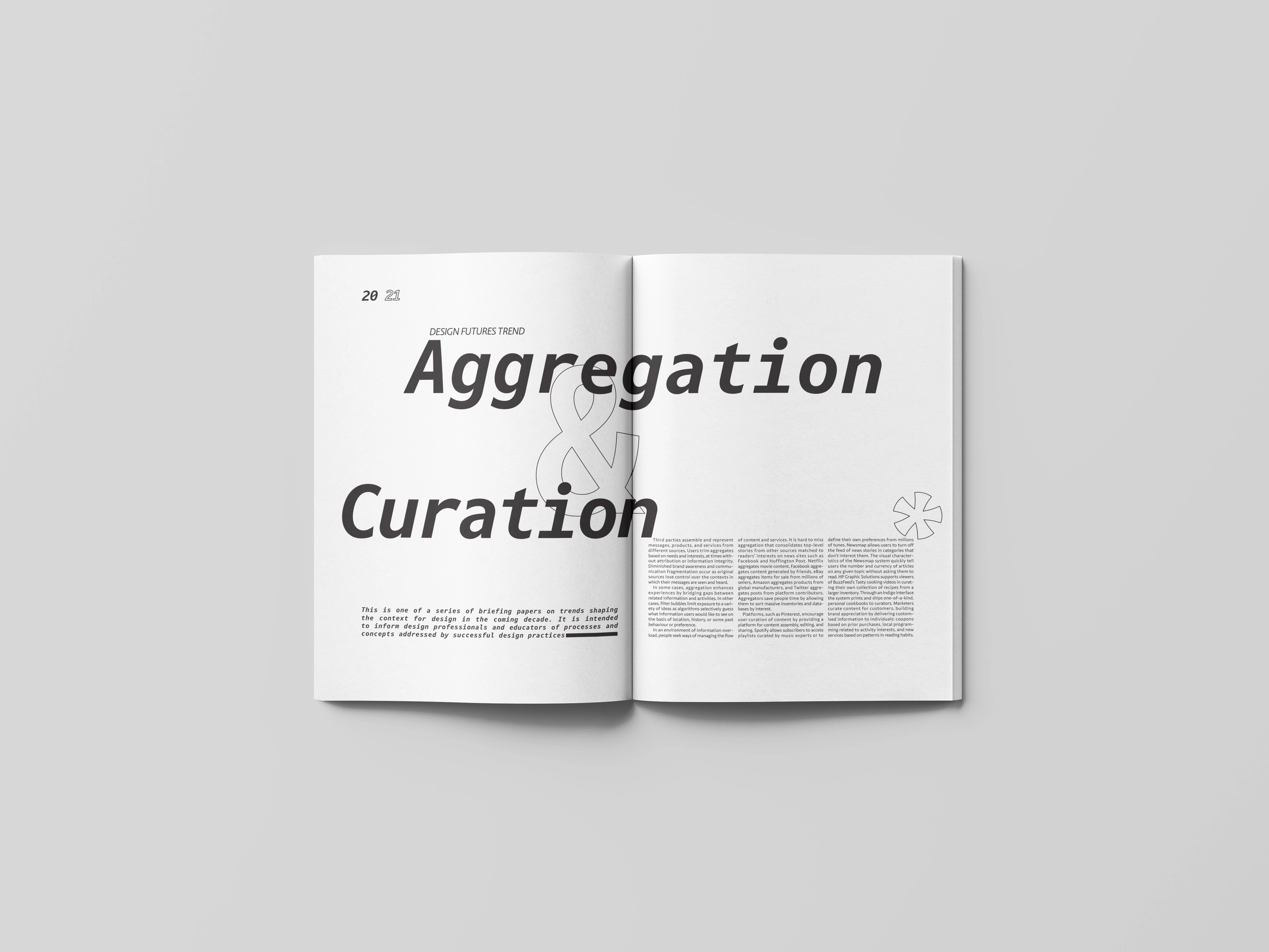
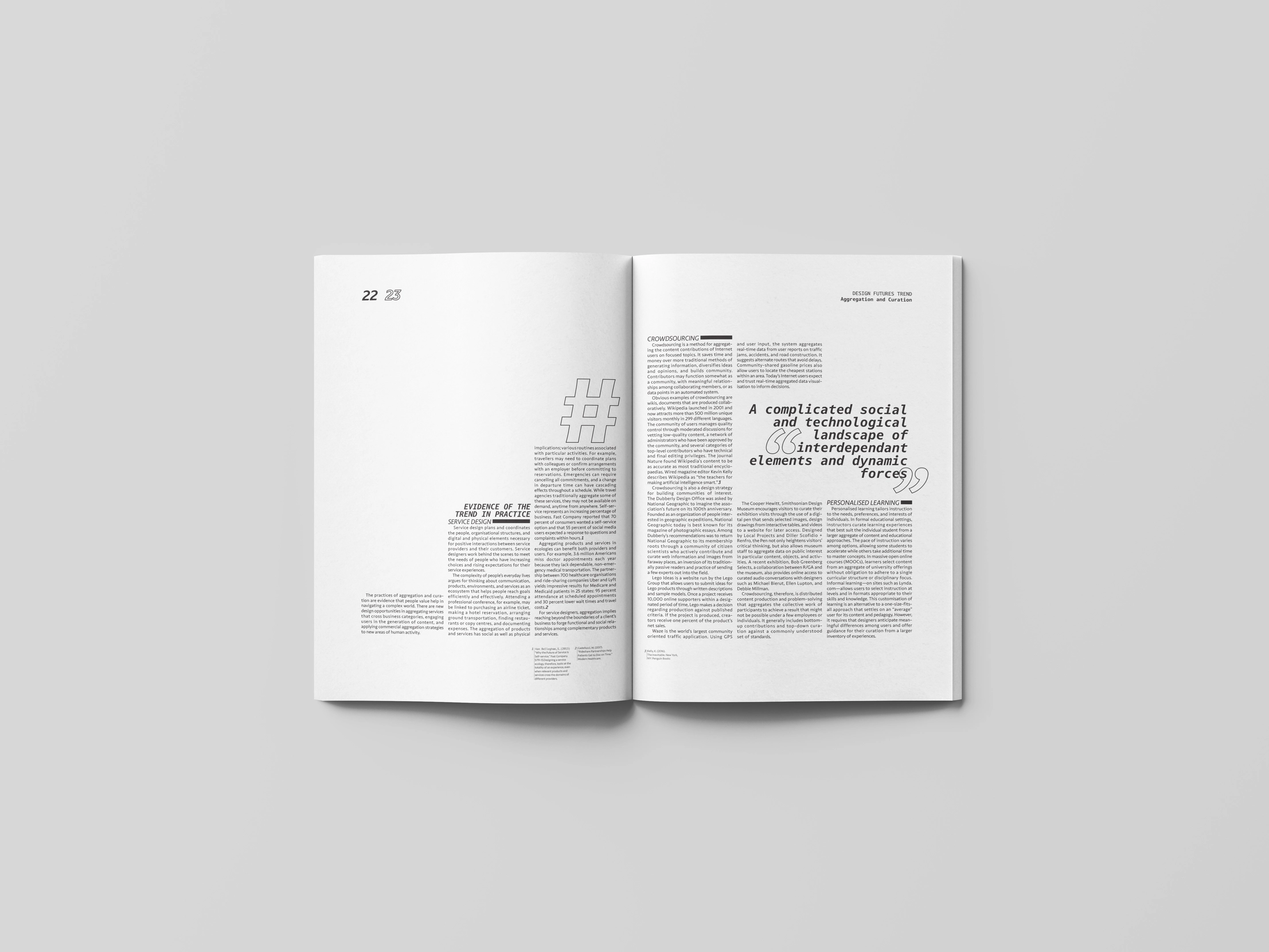
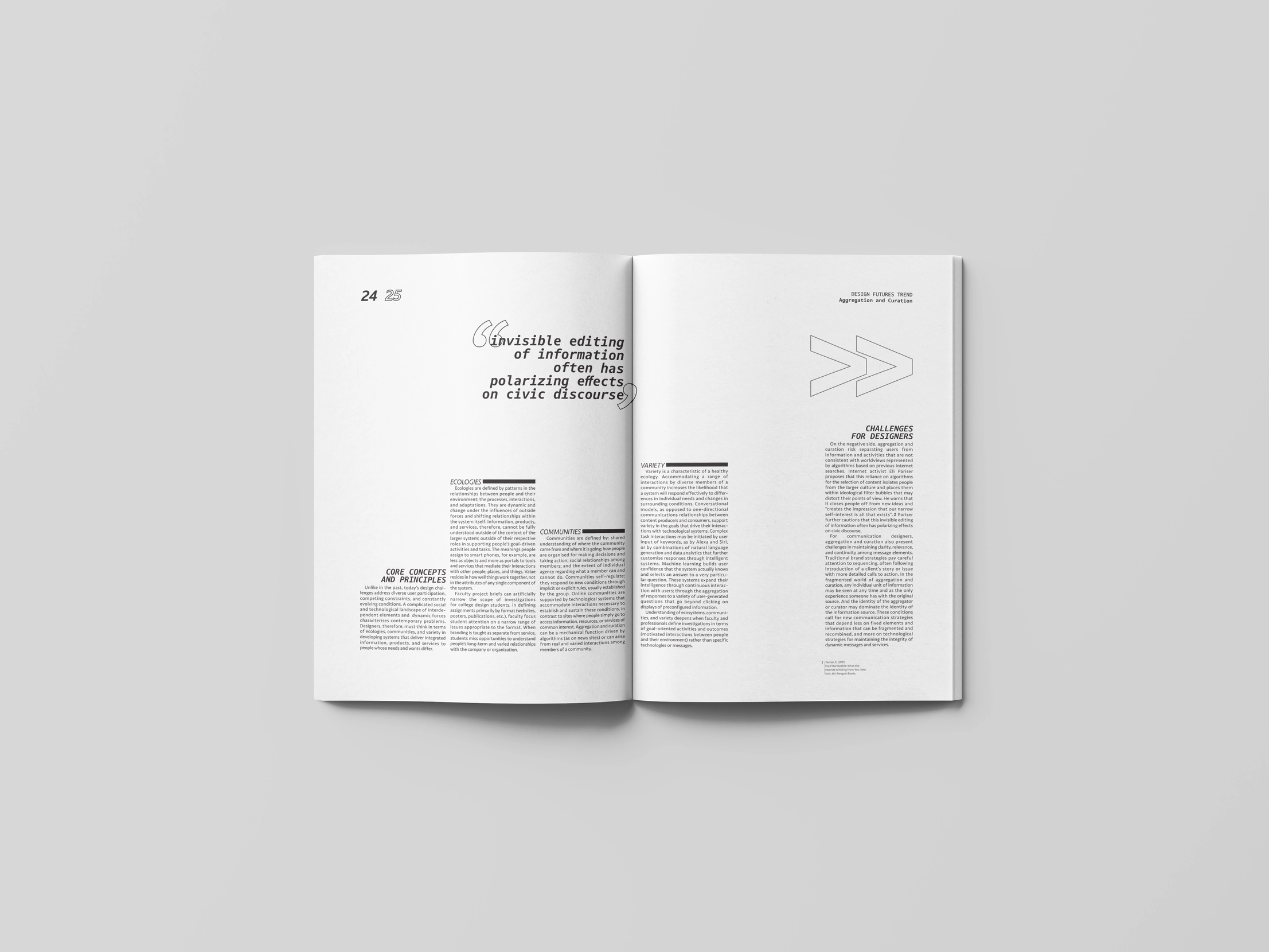

Aggregation & Curation
This article explores how algorithms are increasingly tailored to individuals, shaping the content we see, the decisions we make, and even our perception of the world. The design concept supports this theme by incorporating visuals that draw directly from the aesthetic of programming and algorithmic logic, specifically, using symbols commonly found in coding environments. These elements not only ground the visuals in the language of computation but also subtly allude to the structured, yet highly personalized, nature of modern algorithms. A deliberately limited colour palette was chosen to maintain a clean and minimalistic look. This restraint directs attention to the shapes and forms generated by the text and symbols rather than being distracted by vibrant hues. By emphasizing structure over colour, the layout mimics the neutral, data-driven environments in which algorithms operate, while allowing the viewer to focus on the underlying meaning and implications of personalization in algorithmic systems. By merging functional code-like elements with personalized structure and rhythm, the visual approach mirrors the central idea of the article; how abstract systems can be designed to intimately reflect the individual.
No students found for the selected year.
